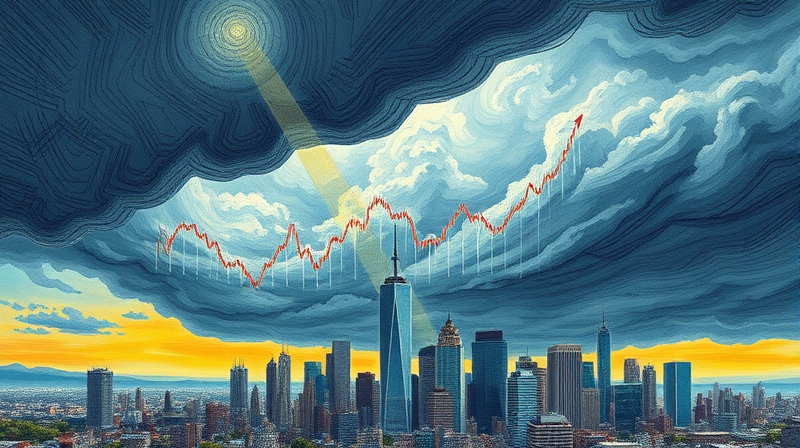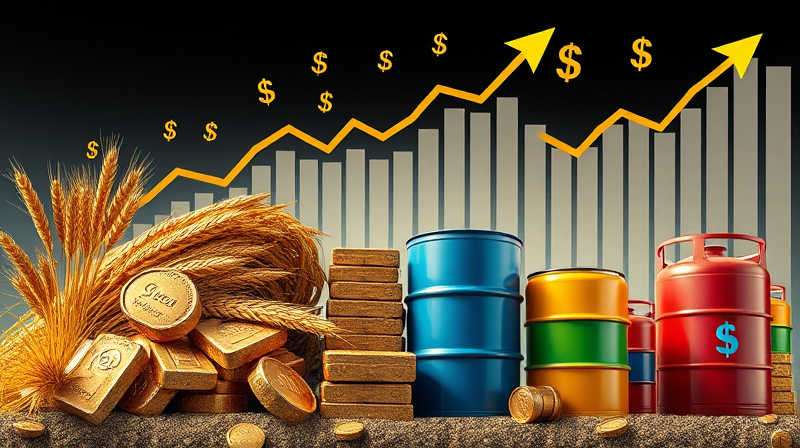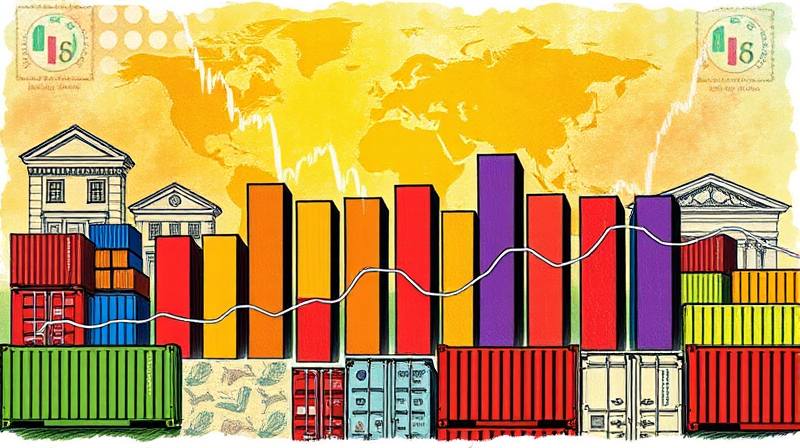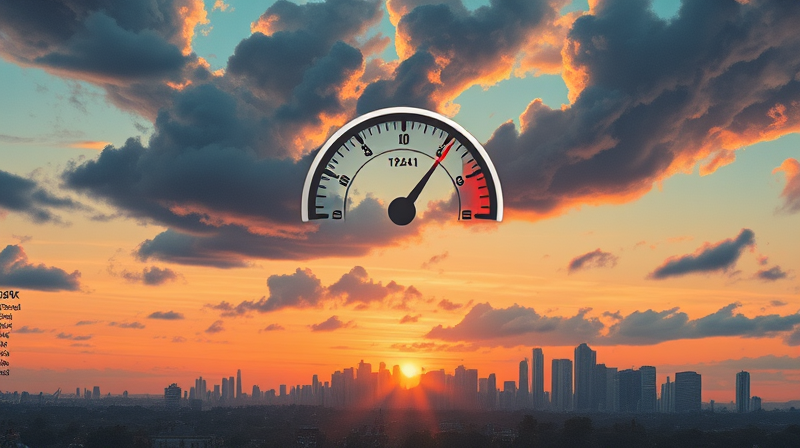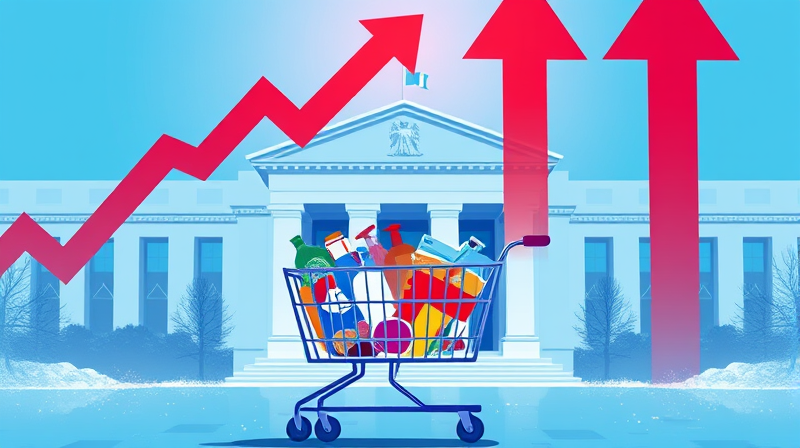
Over the past year, the Federal Reserve has maintained interest rates between 4.25% and 4.50%, a level designed to tame inflation but now showing unexpected consequences for American households. In May 2025, U.S. consumer spending unexpected decline in consumer spending registered a 0.1% drop, the first fall since January. This surprising contraction has triggered alarm bells among economists and market participants alike.
Even as headline inflation edges closer to the Fed’s 2% target, the economy’s consumer-driven engine is stalling more rapidly than anticipated. Durable goods outlays plummeted, confidence indexes slid, and credit delinquencies rose—signs that higher rates are biting deeper into daily life.
In early 2025, personal consumption expenditures (PCE) growth decelerated sharply. The annualized pace slowed from 4% in Q4 2024 to just 1.2% in Q1 2025. Durable goods spending fell 3.8% in the same period, reversing the previous quarter’s 12% surge. Meanwhile, core PCE inflation climbed to 2.7% year-over-year in May, exceeding the Fed’s comfort zone.
The monthly breakdown tells a similar story: headline PCE rose a modest 0.1% in May, while core PCE recorded a 0.2% increase. These readings reflect persistent but moderate inflation pressures from elevated global tariffs and lingering supply disruptions.
Different segments of the economy have absorbed the rate shock unevenly. Durable goods, including autos and appliances, are most sensitive to tightening monetary policy. Spending in this category is forecast to shrink by 0.7% in 2025, after rebounding robustly in late 2024.
Nondurables such as clothing and groceries remain positive but sluggish, with spending expected to climb only 1.4% this year. Services—healthcare, education, leisure—are holding up best, projected to grow 1.5% in 2025 as many consumers shift budgets away from big-ticket items.
Behind the headline numbers lies a growing strain on households. Wage growth has lagged spending since mid-2024, forcing many families to tap credit. In turn, rising delinquency rates on credit cards and auto loans signal that debt-servicing costs are crowding out other expenditures.
The University of Michigan’s Consumer Sentiment Index fell 18.2% between December 2024 and June 2025, reflecting caution and uncertainty. Many Americans report postponing big purchases, tightening budgets, or reallocating funds to essentials—trends that could persist if rates remain elevated.
Investors have grown increasingly cautious. The May spending drop dampened hopes for a July rate cut. Markets now price in three 25-basis-point cuts by year’s end, potentially lowering rates to between 3.5% and 3.75%. Yet policymakers face a delicate task: ease too soon and risk reigniting inflation, or hold firm and deepen the consumption slump.
As analysts weigh the Fed’s next moves, they are watching several indicators closely: core PCE readings, wage growth trajectories, and borrowing costs. The interplay between balance between inflation and growth will shape whether consumer sectors stabilize or slide further.
For families and individuals navigating this challenging environment, proactive steps can ease the burden and build resilience. Consider these practical measures:
The rapid cooling of consumer sectors underscores the potency of monetary policy and the fragility of spending patterns. If rates stay high, the risk of a deeper slowdown rises. Yet, should inflationary pressures ease more convincingly, the Fed may respond with rate cuts sooner than anticipated.
Key watchpoints for the remainder of 2025 include core inflation trends, labor market strength, and consumer credit performance. Any sustained improvement in these areas could signal a pivot point, offering relief to households and a foundation for renewed growth.
Ultimately, the swift impact of rate hikes offers a cautionary tale: monetary policy wields immense power over everyday lives. By staying informed and adapting financial strategies, consumers can navigate the downturn proactively and position themselves for future stability.
References







